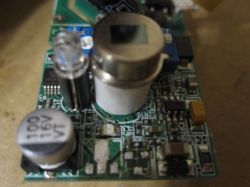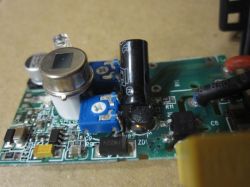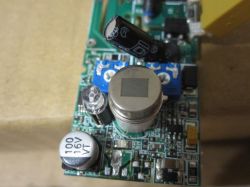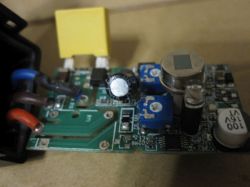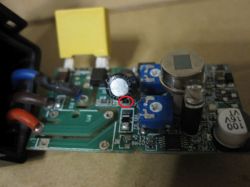Hello
I kindly ask for help in repairing the ROYA LUX Infrared Sensor RLX-1201 motion sensor. I don't have a scheme of operation, small components, maybe I will find here kind and professional help in repairing it, for which I would like to thank you right away. The lamp manufacturer does not accept sensors for repair, especially after the lamp warranty has expired. The problem concerns the continuous lighting of the lamp, and the sensor not responding to light or time regulation.
What could be the reason for this problem and what components should be replaced, possibly how and what to check in this motion sensor? Tips are best in terms of pathology, I'm only fundamentally oriented in electronics, and I really care for the sensor to work again. I attach photos of the sensor (one of the photos shows the power supply for this sensor and lamp).
Please help.
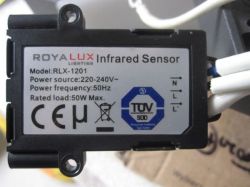

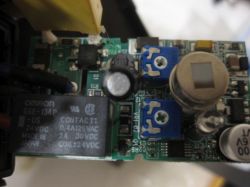
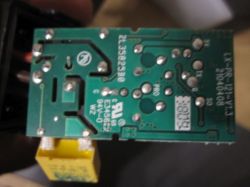

I kindly ask for help in repairing the ROYA LUX Infrared Sensor RLX-1201 motion sensor. I don't have a scheme of operation, small components, maybe I will find here kind and professional help in repairing it, for which I would like to thank you right away. The lamp manufacturer does not accept sensors for repair, especially after the lamp warranty has expired. The problem concerns the continuous lighting of the lamp, and the sensor not responding to light or time regulation.
What could be the reason for this problem and what components should be replaced, possibly how and what to check in this motion sensor? Tips are best in terms of pathology, I'm only fundamentally oriented in electronics, and I really care for the sensor to work again. I attach photos of the sensor (one of the photos shows the power supply for this sensor and lamp).
Please help.









